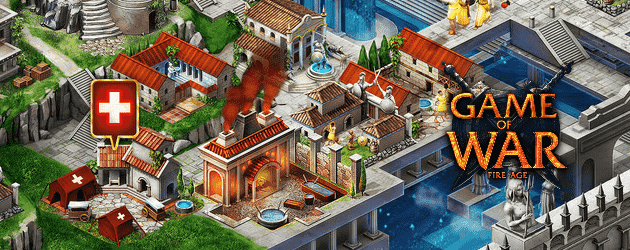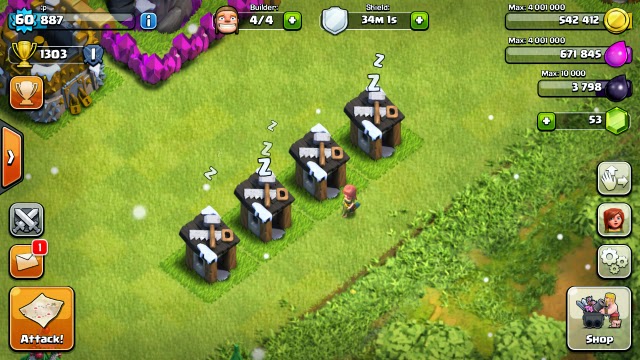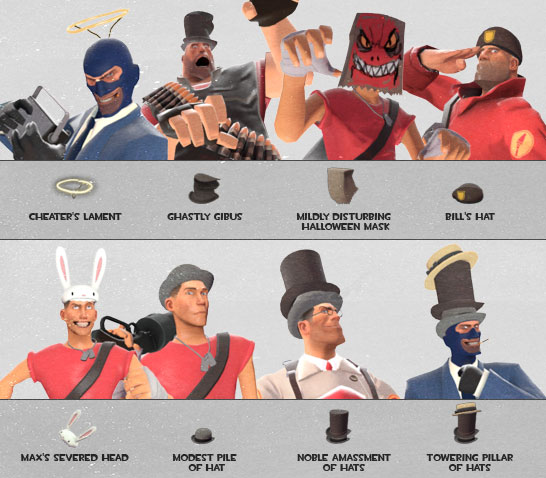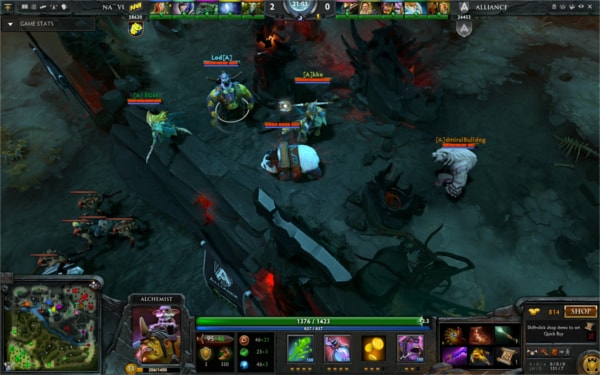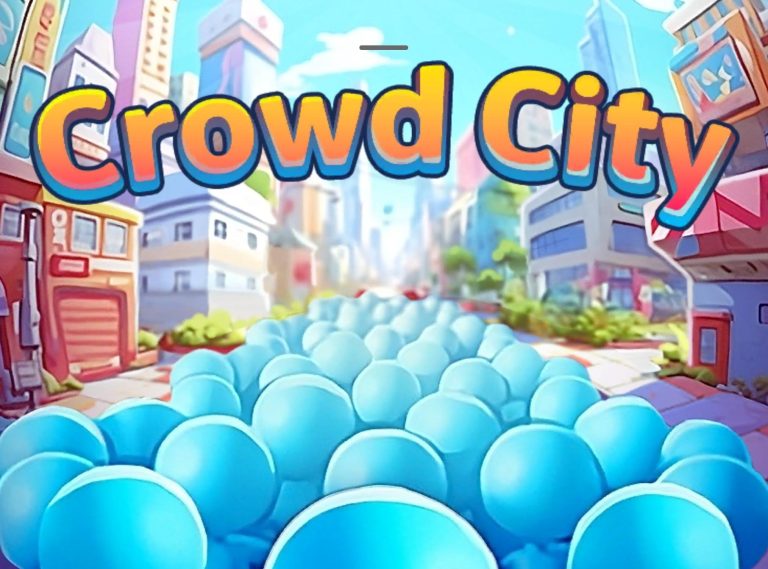Beating the Stigma of Free-to-Play with Value-added purchases
The mobile gaming market has options for every type of player – casual, casino, mid-core, hard core, puzzle lovers; the list goes on. Yet, the strategy a developer takes regarding their business model and monetization mechanics differ greatly across genres and the particular player demographic the game is targeting.
When building a free-to-play game targeted toward midcore gamers, it is important to note the differences between casual and midcore audiences. Midcore players often are very experienced gamers – most likely having played first on console or PC. They are skeptical of free to play games at first, but can become one of the most engaged and highest spending player bases on mobile if respected. Carefully consider the following design principles when building a midcore game.
1) Purchases should be an Investment
Midcore gamers are immediately on edge when starting a new free-to-play game. They will think, “How is this developer going to nickel and dime me this time?”. Some are also very active min-maxers, meaning they will look to make grinding and progression as efficient as possible. When they notice that a potential purchase will greatly expedite their progress. they will be very likely to convert.
This will be true especially if the purchase is not mandatory to progress through all the content, and the player will even feel smart that they discovered that this purchase is an excellent way to optimize.
Durable goods with long term value are some of the best conversion points. A great example of this is the extra builders in Clash of Clans – it’s well known that purchasing them is great for your progression as they add value indefinitely, and players even brag that they identified the best purchases in the game.
2) Play-to-Win not Pay-to-Win
The majority of midcore gamers despise “pay-to-win” games. Any game that uses a free-to-play economy should allow non-paying users to unlock and progress to the point of any paying players. This also allows players to feel comfortable that their purchases don’t immediately identify themselves, according to their peers, as potential “cheaters” with the attached stigma.
An example of this being certain skins – in Team Fortress 2 and League of Legends. Skins on heroes and champions are acceptable to players because they are tangential to gameplay and allow fans of the game to express their passion for the product to other players. Skins as a monetization point do not harbor ill will with the community the same way a pay-wall in progression might.
3) The Almighty Gacha
Gacha mechanics – features that provide an element of randomness tied to varying rarities – provide an excellent opportunity to garner repeat purchases among a midcore gamer audience. A great example of this is the “booster pack” model, which was popularized by trading card games such Magic: The Gathering and Digimon. For a relatively low investment, a player gets the chance of getting a very rare card or element to add to their collection.
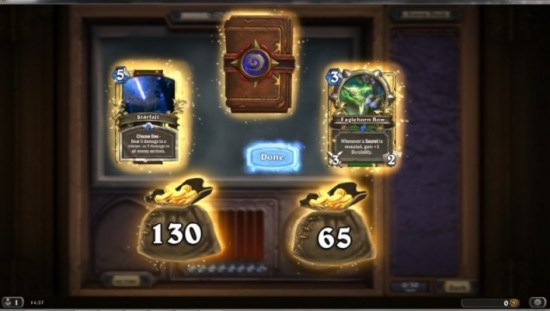 The randomness helps with incurring the repeat purchase, since the player may need to purchase dozens or hundreds of packs to complete the collection.
The randomness helps with incurring the repeat purchase, since the player may need to purchase dozens or hundreds of packs to complete the collection.
On mobile, Fallout: Shelter utilizes gacha as its only monetization scheme; they opt to do away with a storefront with many purchasable items in exchange for players purchasing packs which may contain resources, rare dwellers, or other useful items. Each pack provides value to the user – but players are occasionally offered a moment of delight when they open something of much greater value than the value of the individual pack.
4) For the Horde! – IAP as Social Value
Another consideration for games targeting midcore gamers is the affinity for players to enjoy the game in a social setting. This is can be by the self-formation into clans in Clash of Clans or World of Warcraft, or for competing in pre-determined teams in League of Legends or DotA 2.
In these scenarios, players are likely to make a purchase if it benefits their immediate community. For example, the Clan Wars feature in Clash of Clans involves each player donating troops – and altruistic members of the clan can make purchases that reward the entire clan, rather than just themselves.
In League of Legends, a purchase of a needed champion allows the entire team to improve, as well. Even further, DotA 2 created a sale of a particular buff that granted not only the player-who-purchased a benefit, but also granted a smaller buff to the players currently playing with them. For an engaged midcore gamer audience, social benefits are key to monetization.
5) Grinding is Good
Essential to the process of monetizing a free-to-play title for midcore gamers is allowing almost all the content (save some exclusive vanity items) to be achieved through normal play. In this way, players will trust the developers from the beginning – if they sense that they will run into a paywall, they will not invest their time.
To achieve this, players should be given currency in regular intervals throughout play and a healthy wallet of currency to start out with. Non-paying users may not contribute revenue – but if they are happy they will be strong evangelists and recruit others.
Other players, who do not want or have time to grind, can bypass this through a purchase. In this way, both non-payers and payers alike are happy with the amount of content they can access when playing their games.
In Conclusion
Successful mobile games integrate a monetization model that fits both the core loop as well as the demographic that the game is targeting. For midcore, realizing that players are sensitive to pay-to-win games and designing around this is key.
Purchases should feel as an investment and provide obvious value to the player and not something that feels mandatory for play. With the right approach, midcore audiences are more than willing to be engaged users as well as repeat spenders.
Over the past eight years, no other game design consultancy has been under the hood of more industry-leading video games than Adrian Crook & Associates. With clients such as EA, Zynga, Facebook, Capcom, Glu, Ubisoft and more, we deeply understand the design challenges of mobile freemium product development at all phases, from concept to launch to post-launch.
Visit the Our Work page to check out examples of how we’ve helped clients with their projects.
To see how AC&A can improve your game’s monetization, contact us for a free consultation.
